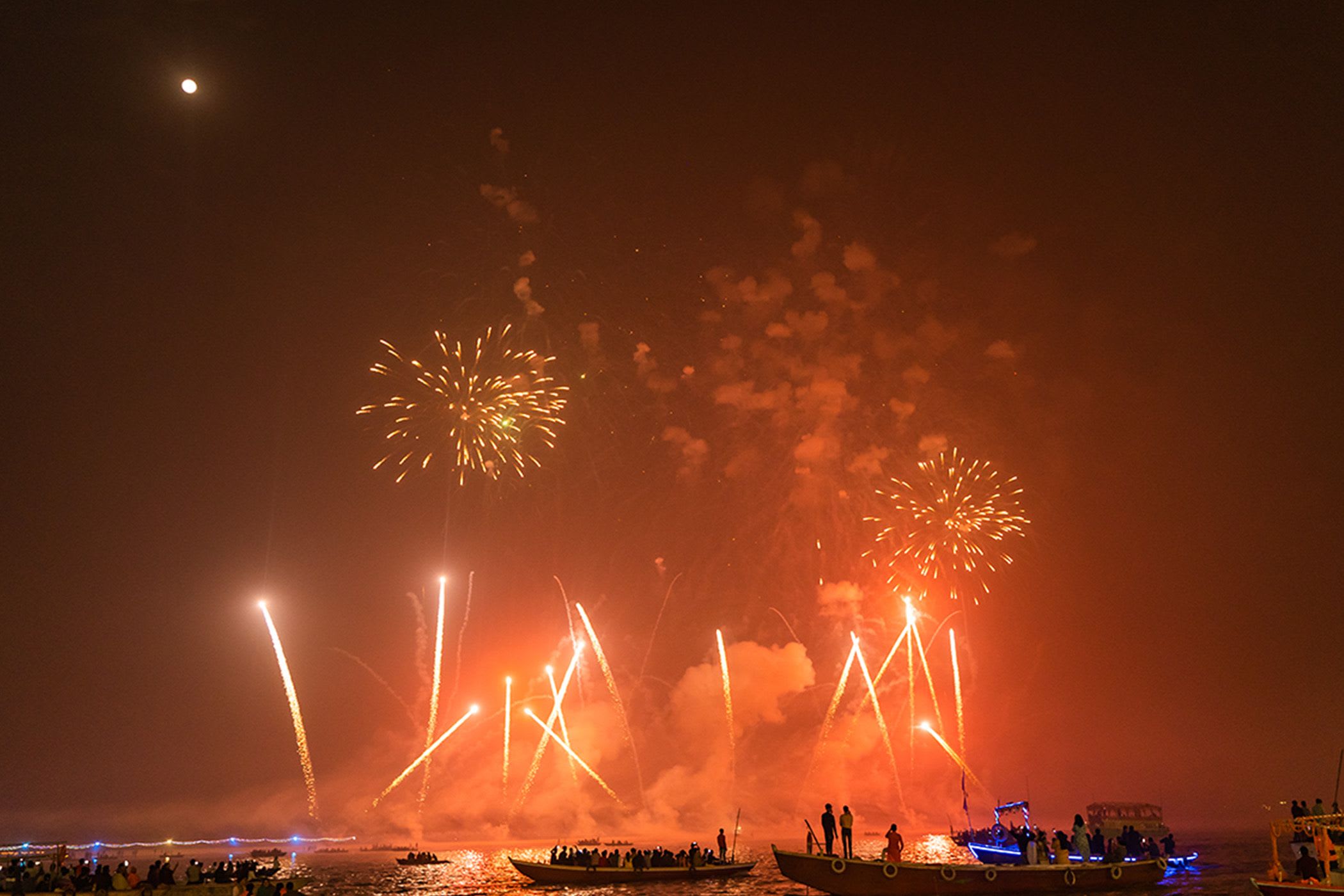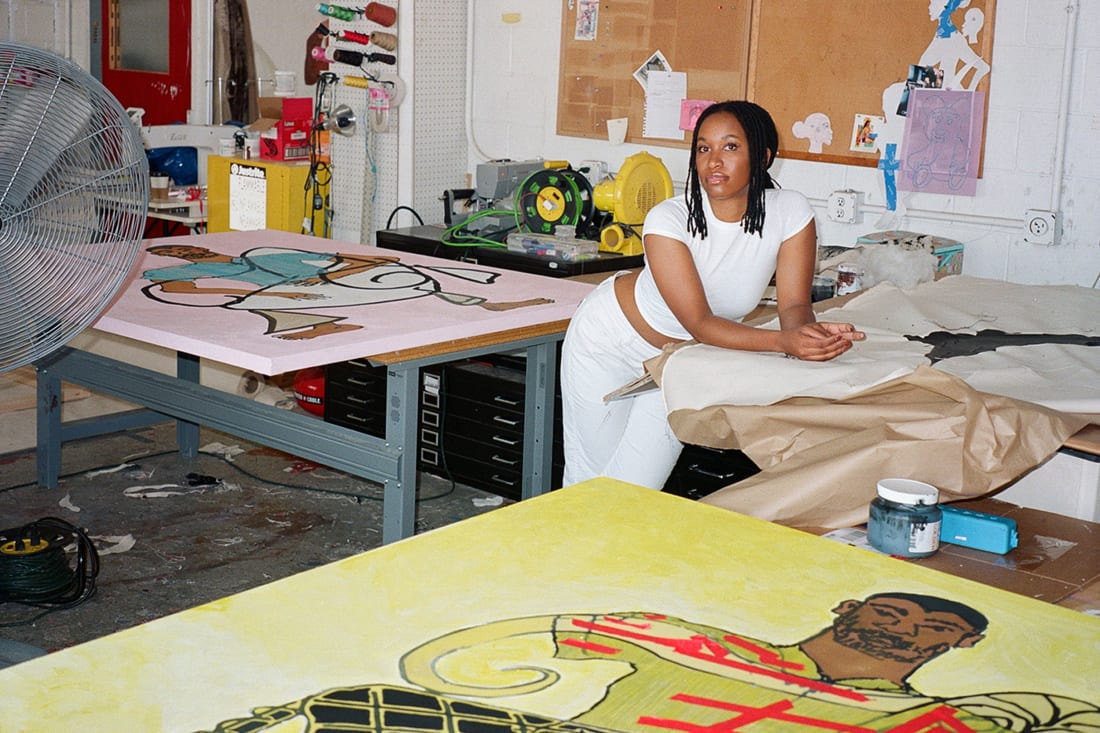Wanderlust Wednesdays: Dev Deepawali
Happy Wednesday! Each week we’ll be cleansing your feed with a feel-good snapshot of somewhere beautiful, both in and out of this world.
Happy Wednesday! Each week we’ll be cleansing your feed with a feel-good snapshot of somewhere beautiful, both in and out of this world.
Today, we’re taking you to Dev Deepawali celebrations in Uttar Pradesh, Varanasi, India
What am I looking at?
This specific day of celebration happens 15 days after traditional Diwali festivities. It occurs on the full moon of the Hindu month of Kartika, and is known as the Dev Deepawali festival, which translates to “Diwali of the Gods”. We’re zooming in to Varanasi, the holiest city in Hindu mythology, where festivities take place among all of the hillside stairways - known as ghats - that are on the waterfront of the Ganges River. The ghats are decked out in thousands of mesmerising lights, an act that intends to honour the river’s water and its presiding Goddess. The Gods are said to descend to Earth and bathe in the river during the festival, welcomed by the decadent presentations of light all around them.

How do people get involved?
Participants traditionally take part in rituals known as kartik snan, which means taking a holy bath in the river during the full moon, and deepdan, which is the offering of oil-lit lamps to the river in the evening. Across surrounding neighbourhoods, people place coloured oil lamps and coloured designs on their front doors, while sparkling firecrackers are lit at night to welcome the gods’ arrival.
When did it start, and will it go on?
The tradition of lighting lamps was first recorded in 1985 at the Panchganga Ghat. The ceremony has since turned into a symbol of tranquillity and spirituality, a day observed by thousands of festival-goers each year. The celebration was coined to remember how Lord Shiva won a battle over three demons: Vidyunmali, Tarakaksha, and Viryavana. The Gods are said to descend during the lighting rituals to celebrate this victory.
Up to 100,000 people are expected to attend this year and considering festivals in India have only recently been given the all clear to go ahead without Covid restrictions, this beautiful coming together of people is only going to grow. The festival has seen a rise in popularity and accessibility, so it is now also celebrated in nearby provinces such as Mirzapur.
Tune in next week for another dose of visual healing...



